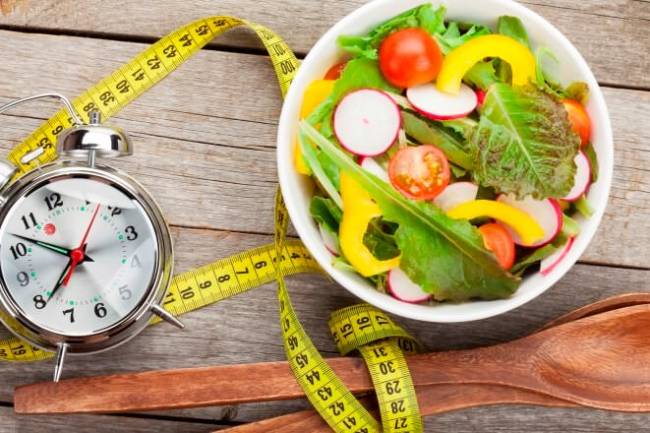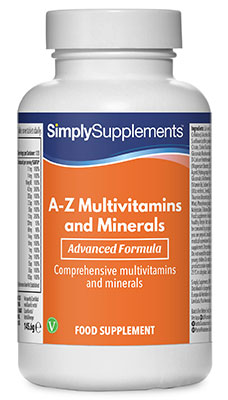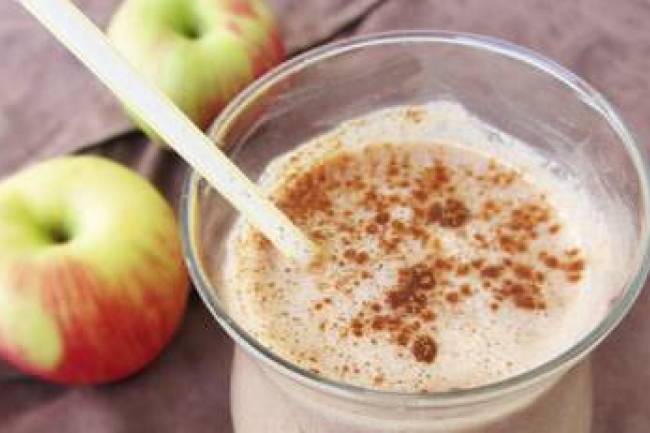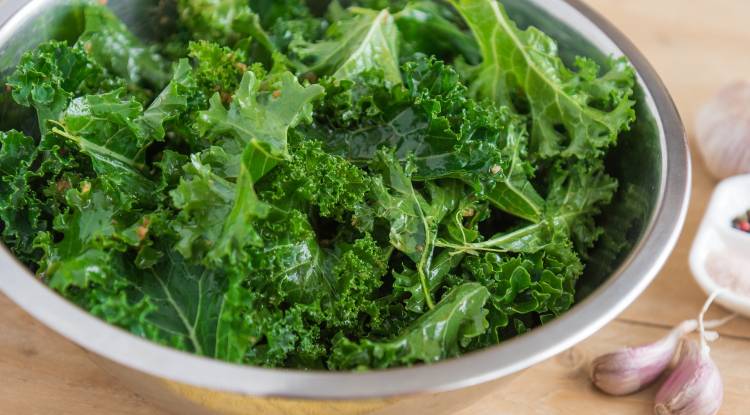One You: How to Meet Public Health England's Calorie Intake Suggestions
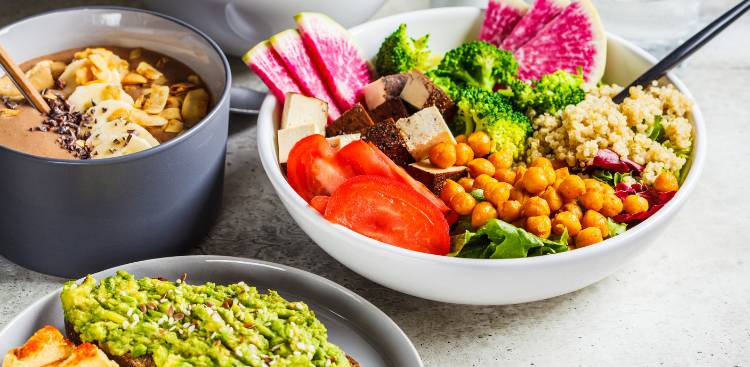
Around two thirds of adults are overweight, with a quarter falling into the category of obese. Even more alarmingly, a third of children will be either overweight or obese before they even leave primary school. The health consequences of the situation we find ourselves in are considerable.
Obesity is a leading cause of heart disease and diabetes, and is the largest cause of cancer after smoking. Obviously something has to change. In a bid to help Brits to shed some pounds, Public Health England (PHE) has taken the radical approach of suggesting calorie limits for individual meals.
The reasoning behind the initiative is that UK adults are currently believed to consume an average of 200-300kcal more than their requirements each day.
What Is the New Calorie Suggestion?
The guidelines published in PHE's latest report on obesity have set the target of 400-600-600. This is 400kcals for breakfast, 600kcals for lunch and 600kcals in the evening meal. Some of you may ask: “but I thought women were recommended 2000kcal per day, and men 2500kcal?” That is correct; the remaining ‘calorie allowance' can be consumed through snacks.
What Are the Strengths of This Message?
This message is likely to have some notable positive implications. Firstly, the nature of it indicates to the country how much of a necessity it is to take control of our diets and how the onus is on us as individuals. Another positive of the message is that it encourages us to focus more of our attention on the energy content of food.
Ultimately, obesity is caused by a chronic imbalance of calories, with more calories being consumed than are required. As this suggestion fundamentally recommends tackling calorie consumption, this is surely a step in the right direction.
One of the contributing factors to the obesity epidemic is the sheer lack of nutrition knowledge of the general public. This lack of knowledge is characterised by the struggle to understand nutrition labels, the calorie content of common foods and what a suitable portion size is. Hopefully, this message encourages many to improve their nutrition knowledge so that better, healthier choices can be made.
One point most nutritionists would agree on is how useful it can be to track your calorie intake for a certain period of time. By doing this for a month or so, most people would be surprised with their new ability to fairly accurately ‘eye-ball' the energy content of commonly eaten foods. This gained knowledge will allow people to make smarter food choices and consume more appropriate portions. As well as having positive implications for the individual, these guidelines also encourage the food industry to support the message.
Manufacturers, retailers, restaurants, and takeaways are becoming increasingly aware that they have a role to play in tackling the obesity epidemic.  From the guidelines, PHE have encouraged these stakeholders to contribute in 3 different ways.
From the guidelines, PHE have encouraged these stakeholders to contribute in 3 different ways.
Firstly, the food industry has been instructed to reformulate 13 different food product types, so that within 6 years, foods such as ready meals, pizzas and savoury snacks see a calorie reduction of 20%. This is similar to what has been seen due to the sugar tax and the salt reduction programme.
As already mentioned, portion sizes are a big issue as they have increased quite considerably over the last few decades. Research by the British Heart Foundation carried out in 2013 showed that in as little as 20 years, the size of a shepherd's pie ready meal increased in size by 98% and a pre-prepared lasagne by almost 40%. As larger portion sizes naturally increase calorie intake, PHE obviously want to tackle this.
The third and final area in which PHE want the food industry to tow the line relates to lower calorie options. Although certain retailers market low calorie foods, this isn't seen across the board. If more companies produce low calorie meals and market these correctly, it will hopefully encourage the consumer to use their daily calorie allowance more wisely.
Lastly, the government have plans to make calorie information mandatory on all meals and food items on menus in the future. A relatively small survey conducted by Diabetes UK found that over 80% of people would support such a motion.
Interestingly, recent research has shown that providing such information results in people autonomously reducing their energy intake by 12%.
What Are the Limitations of This Message?
Although this approach from PHE has the potential to have a positive impact, it has also received notable criticism. One concern raised is that PHE have not made it clear what sanctions will be levied if the food industry fails to comply with the targets.
Some nutritionists have also criticised the message as they believe that it focusses too much on food quantity and not enough on food quality.
Calories and macronutrients are only one cornerstone of good nutrition. Vitamins, minerals, fibre and essential fats are all crucially important for health, and foods rich in these nutrients are not typically inundated with calories. So, focusing on food quality is in many eyes a good way to regulate bodyweight without having to count calories.
Similarly, many experts are staunchly against calorie counting as a viable method of weight-management. This is because tracking calories can cause people to obsess about food, which can harm people's relationship with food and potentially lead to disordered eating.
What Could 400-600-600 Look Like?
 By now, you may have your own view about PHE's new calorie targets. Regardless of your stance, we thought it would be useful to quantify what 400-600-600 and some healthy snacks could look like.
By now, you may have your own view about PHE's new calorie targets. Regardless of your stance, we thought it would be useful to quantify what 400-600-600 and some healthy snacks could look like.
Breakfast
Porridge oats made with milk and a large handful of mixed berries.
Or
A two egg omelette with vegetables and a large slice of wholegrain toast.
Lunch
Chicken, avocado salad wrap with a portion of carrot sticks and hummus.
Or
Vegetable and chickpea curry with brown rice.
Evening meal
Wholemeal spaghetti with Bolognese sauce.
Or
Grilled salmon with stir-fried vegetables and a portion of wholegrain noodles.
Snacks
Not everyone will choose to snack as many prefer to use their calorie allowance in the 3 main meals. However for those who like to snack, fruit, yoghurts, nuts and seeds are healthy options. As crisps, chocolate and sugary drinks are easily over-consumed and do little to fill us up; they should not be eaten regularly.
What Else Have PHE Got Planned?
As we have seen, the UK government is getting more proactive in its approach toward health. But what other plans have they got in the pipeline?
There is a large demand for a ban on junk food advertisement before 9pm in an attempt to shield children from the constant promotion of unhealthy, nutrient-poor food. This wouldn't just be of benefit to children however; as it would also decrease the number of such adverts that adults are exposed to.
Junk food is engineered to have the perfect balance of sugar, fat and salt – something known in the food industry as the “bliss point”. This level of engineering results in a highly palatable and energy-dense food that is easily over-consumed, subsequently wreaking havoc on our appetite responses.
Summary
Although there is some merit to the criticisms of PHE's calorie target for the nation, it should be looked upon as a step in the right direction. As the current initiatives appear to have failed miserably, it is good to see the government taking a more hands-on approach. That being said, obesity is an individual problem and for those who are battling weight issues, there has to be an intrinsic motivation to make positive changes.
Hopefully this extra push from the government will be enough to improve the current “obesity epidemic” regularly reported in the press.
Sources:
https://assets.publishing.service.gov.uk/government/uploads/system/uploads/attachment_data/file/685359/Calorie_reduction_The_scope_and_ambition_for_action.pdf
http://cochranelibrary-wiley.com/doi/10.1002/14651858.CD011045/pdf

 Matt
Matt 
